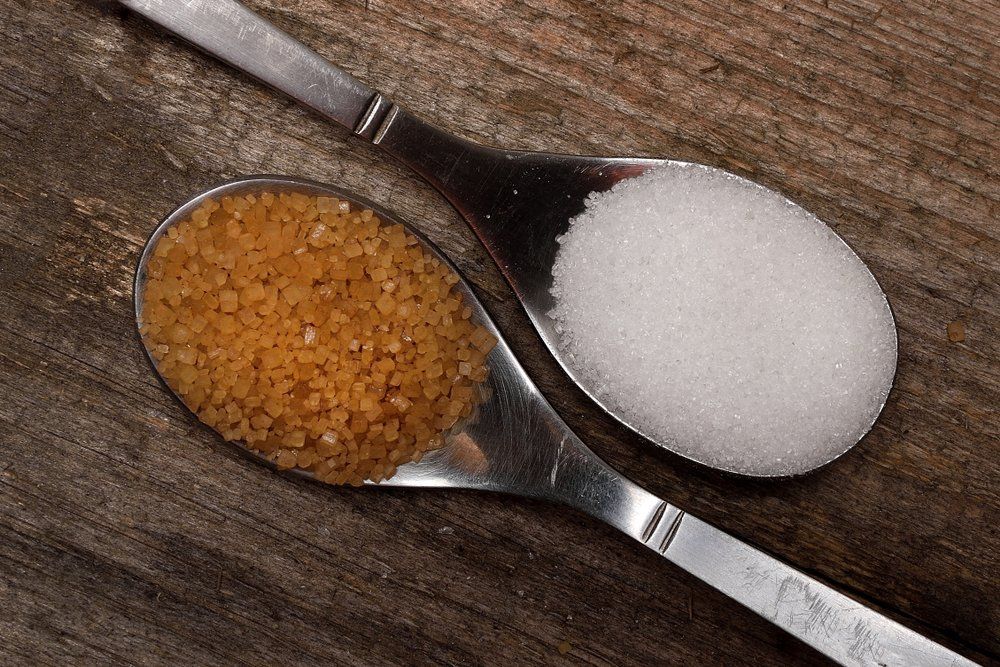When looking at beet sugar vs cane sugar, some argue that one melts better than the other.
Discover the Uses and Conveniences of Beet Sugar Vs Cane Sugar in Your Daily Diet Plan
Exploring the distinct high qualities of beet and cane sugar reveals greater than simply their sweetening capacities; it highlights their distinct influence on health and cookeries. Beet sugar, understood for its subtle taste, is commonly preferred in fragile desserts, whereas cane sugar, with its tip of molasses, adds richness to durable dishes. Each type holds its own nutritional profile and glycemic implications, welcoming a much deeper understanding of their roles in a balanced diet regimen and sustainable usage methods.
Origin and Manufacturing Procedures of Beet and Cane Sugar

The distinct climates and dirt kinds needed for growing sugar beets and sugarcane add to distinctions in their farming techniques and geographic distribution, influencing the business economics and sustainability of their manufacturing. beet sugar vs cane sugar.
Nutritional Comparison Between Beet Sugar and Cane Sugar
In spite of originating from various plants, beet sugar and cane sugar are nutritionally extremely comparable, both largely including sucrose. Each provides about 4 calories per gram, equating to approximately 16 calories per tsp. Structurally, both sugars are made up of around 99.95% sucrose, with marginal quantities of various other compounds like dampness and trace element, which do not significantly alter their nutritional profiles.

Ultimately, when selecting between beet sugar and cane sugar based on nutritional material alone, both offer similar benefits and disadvantages as they are essentially types of the exact same particle-- sucrose, supplying fast power without other nutrients.
Effect On Wellness: Glycemic Index and Caloric Material
Exploring better into the effects of beet sugar and cane sugar on health, it is vital to consider their glycemic index and caloric material. The glycemic index (GI) of both beet and cane sugar is around 65, categorizing them as high-GI foods, which can cause quick spikes in blood sugar levels.
Each type of sugar contains about 4 calories per gram, making their caloric content matching. For those keeping an eye on calorie intake, particularly when handling weight or metabolic health problems, recognizing this equivalence is crucial (beet sugar vs cane sugar). Excessive usage of any kind of high-calorie, high-GI food can contribute to wellness concerns such as weight problems, heart condition, and insulin resistance.
Environmental and Economic Considerations of Sugar Manufacturing
Beyond health influences, the manufacturing of beet and cane sugar also raises substantial environmental and financial worries. Sugar beet cultivation has a tendency to need cooler climates and has a lower geographical impact compared to sugar cane, which prospers in exotic regions. Both crops are extensive in terms of water use and land profession, potentially leading to logging and water scarcity. Financially, the international sugar market is extremely unpredictable, influenced by modifications in global profession policies and aids. Several countries incentivize sugar manufacturing through financial backing, skewing market value and impacting small farmers negatively.
In addition, using pesticides and fertilizers in both beet and cane sugar cultivation can result in dirt destruction and pollution, more impacting biodiversity and local water bodies (beet sugar vs cane sugar). The choice between cultivating sugar beet or cane usually rests on regional environmental conditions and financial aspects, making the sustainability of sugar manufacturing an intricate issue
Culinary Applications and Flavor Differences
While the environmental and economic elements of sugar production are certainly considerable, the choice between beet and cane sugar likewise affects culinary applications and flavor profiles. Beet sugar, obtained their website from the sugar beet plant, is recognized for its remarkably neutral preference. This makes click over here now it a functional ingredient in baking, where it does not alter the flavor of other components. It liquifies rapidly and is ideal for use in cakes, cookies, and pastries.
Walking stick sugar, drawn out from sugarcane, usually preserves molasses traces, which impart a distinct richness and deepness. This slight molasses taste improves the complexity of baked goods, sauces, and marinades. It is especially favored in items where a sugar touch is desired, such as in brownies or gingerbread. The minor variant in dampness web content in between beet and cane sugar can influence the appearance and uniformity of meals, making cane sugar a favored choice for particular dishes that profit from its unique homes.

Verdict
To conclude, both beet and cane sugar have distinctive origins and manufacturing processes, offering comparable nutritional profiles with minor distinctions in salt material and flavor. While their influence on health and wellness, particularly regarding glycemic index and calories, is equivalent, the choice between them often comes down to ecological, financial elements, and details cooking needs. Recognizing these aspects can direct customers in making notified choices that straighten with their health objectives try these out and flavor choices.